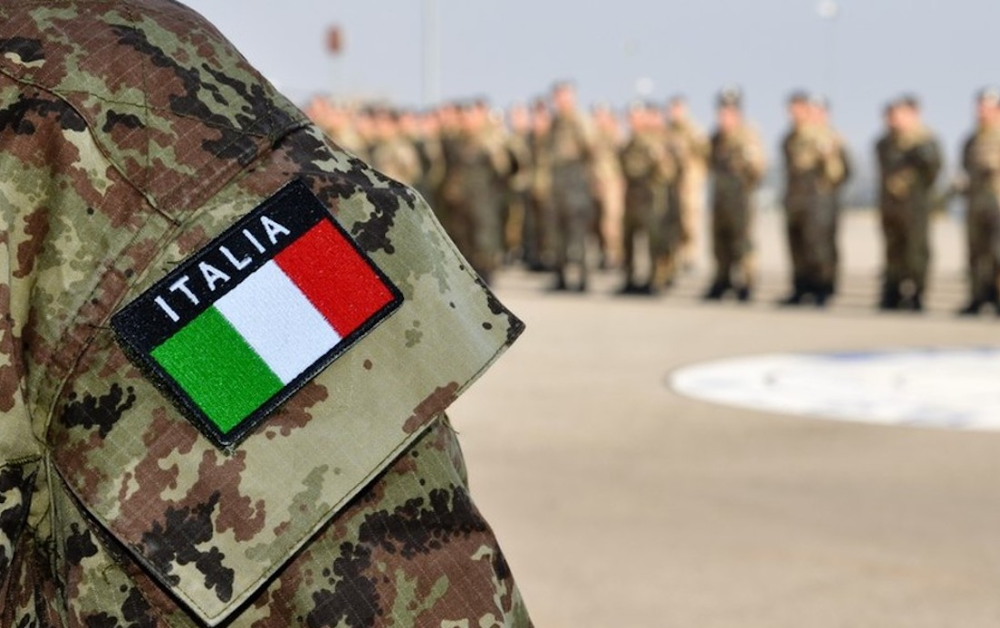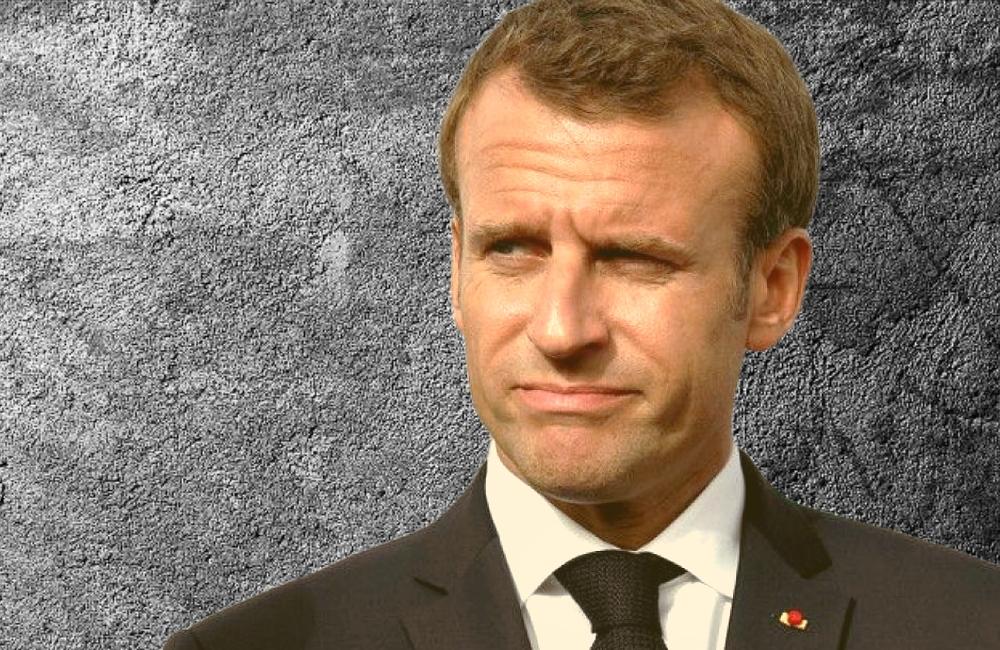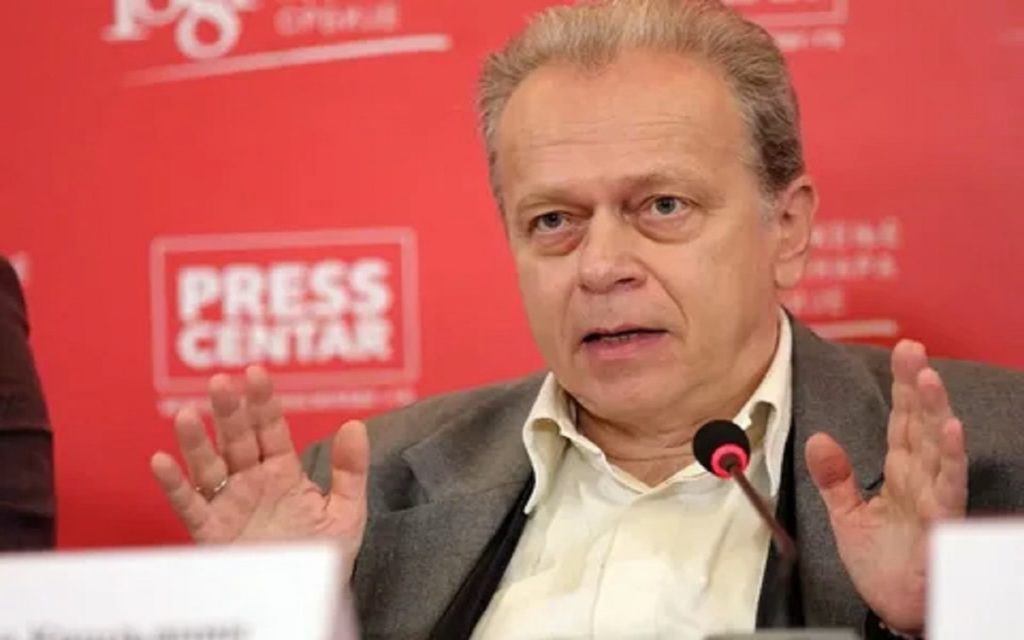For years we told ourselves that eastern Germany would remain one step behind. That was true amid the trauma of the 1990s, when factories were closing and the charts looked scary. Today that story limps. The gap has not disappeared, but it is thinner, more territorial, and less ideological. The eastern Laender are not a desert: they have vibrant cities, industrial supply chains, universities that produce skills. The distance from western levels exists, but it is not an abyss. Above all in the labor market, the curves have moved closer. And in the weak phase of 2024, the East held up better than the national average thanks to a production mix a bit less exposed to heavy exports and to a few well-placed investments.
If convergence has not been completed, the reasons are concrete. In the East there are fewer large groups and fewer head offices. Where there are no headquarters, less value circulates: research, design, business services, wage bargaining with more leverage. Then there is demography, with an outflow of qualified young people that drained skills precisely when they were needed. Finally, innovation is not a matter of slogans, but of networks among firms, universities, and patient finance. If these networks are sparse, scaling up is hard.
Overlaying this picture is the issue everyone knows and few really address: energy. The European Union’s political decision to cut Russia out of the energy market has had concrete negative consequences. In a matter of months, gas and electricity prices rose and volatility became the norm. Households tightened their budgets. Energy-intensive industry saw margins shrink: chemicals, glass, ceramics, metallurgy. Exactly the sectors that in eastern Germany and eastern Europe could have supported a move up the value chain.
Replacing Russian pipeline gas with LNG avoided excessive supply gaps, but it did not lower prices. US LNG is more expensive for technical and logistical reasons. On top of the commodity cost come liquefaction, which requires a lot of energy, ocean shipping, and regasification at European terminals. Each step adds cost and losses. The result is easy to grasp even without tables: more expensive energy means more cautious investment, production moving to where it is cheaper, and European capacities thinning out just when the opposite is needed.
Despite this headwind, eastern Germany is not standing still. Brandenburg and Sachsen-Anhalt are pushing wind and solar. In Dresden, a microelectronics ecosystem is consolidating that engages with global players. Tesla’s factory in Gruenheide has built skills and supply chains that you cannot improvise. These are real signals, not photo ops. But as long as energy costs remain higher than competitors’, every step forward requires twice the effort. It is a thoroughly European paradox: we invest billions in the technological frontier and then hand margins to competitors through an energy-cost gap that does not close.
Outside Germany, the picture does not change in meaning. The notion of an inherently fragile eastern Europe no longer holds. Prague, Bratislava, and Bucharest have for years exceeded the EU average in purchasing power. Slovakia remains a textbook case in automotive. Poland has defended the weight of manufacturing and is moving up the value ladder. It is not an Eden and not everything works. But it is not a condemned periphery either. It is an East integrated into value chains that today is playing the game on two axes: technological quality and energy at sustainable prices.
What is needed, then? Pragmatism, first of all. Energy independence has strategic value, but it cannot become a totem. Diversify, yes; pay any price, no. We must turn the renewables boom into cost stability through stronger grids and widespread storage. We need long-term contracts between producers and firms to reduce exposure to volatility. We need an industrial policy that evaluates suppliers on the combination of price, reliability, and production impact, without dogmas. Europe cannot swap one dependency for another and call it strategy.
Reunification will never deliver a perfectly uniform Germany. But a large, complex country lives on differences. The image of the “weak East” helps less and less to understand and more and more to oversimplify. Better to replace it with a reality check: energy competitiveness, high-value functions, skills. If the Union wants an industry that can compete globally, it must put energy costs back at the center and stop confusing geopolitics with factory budgets. Companies do not live on principles, but on orders, wages, costs, and margins. When those come back into line, the clichés lose their grip.











